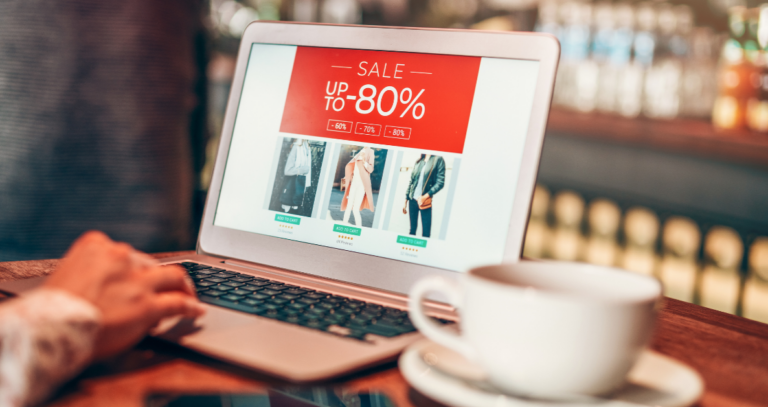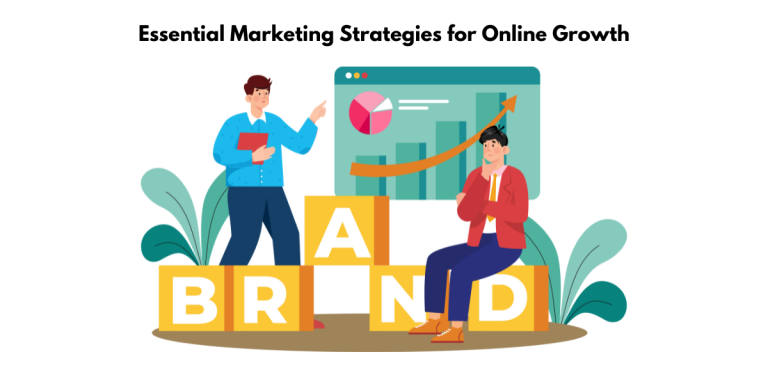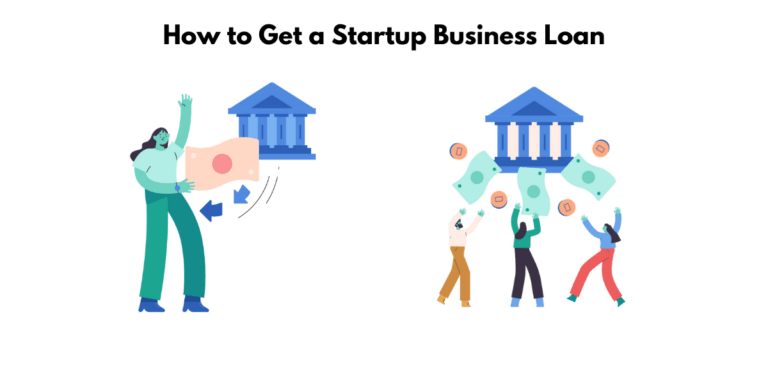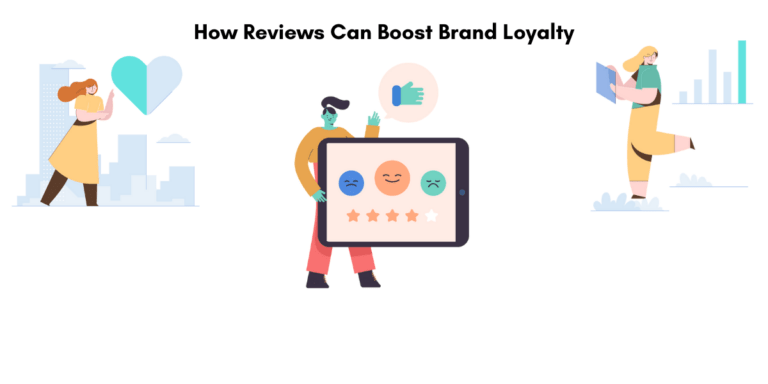Facebook Ads for Ecommerce: A Helpful Guide to Facebook Advertising for E-commerce Growth
Introduction to Facebook Advertising for E-commerce
The Power of Targeting Customers with Facebook Ads for Your E-commerce Business
Facebook’s advertising platform has transformed the realm of digital marketing, particularly for e-commerce businesses. This potent tool has become an essential asset for ecommerce brands, striving to connect with potential customers on a global scale, boasting an impressive 3 billion active monthly users.
Three salient factors make Facebook a remarkable platform for ecommerce marketing – quality, scale, and price. Facebook brims with high-grade performance data that savvy marketers can harness to spot and engage with their most coveted shoppers. With its overwhelming user base, the platform offers an unprecedented avenue for ecommerce businesses to scale their growth. Moreover, the cost of conducting an ecommerce campaign on Facebook is significantly lower than most of its counterparts, thereby facilitating several ad runs and ensuring lucrative returns.
Exemplary Campaigns: What Makes a Successful E-commerce Facebook Ad?
Creating a successful e-commerce Facebook ad entails a blend of three crucial elements: a captivating product, an engaging creative, and a highly optimized landing page. It is worth noting the diverse ad formats like carousel ads and videos each playing its part to make a perfect Facebook ad
Firstly, the cornerstone of any successful ad is the product itself, being advertised. Regardless of how captivating your ad is, it won’t convert if the product doesn’t resonate with your audience, offer value, or solve a problem. Linking this activity to the conversion event of your campaign makes it an insightful practice.
Secondly, ad creatives play a pivotal role in capturing users’ attention, stirring their interest, and enticing them into clicking on the ad. This includes compelling images, compelling videos, and intriguing carousel ads highlighting your product’s benefits.
Lastly, regardless of how intriguing your ad creative is, if your landing page is poorly optimized, you will likely see a high cart abandonment rate. A well-optimized landing page should align with your ad creative and make it easy for users to complete the purchase – this in turn leads to improved cart rates.
Remember, while your ad should attract potential customers, and focus on the ad metrics, it’s ultimately your landing page that persuades them to make a purchase. Indeed, it is beneficial to create pixels through Facebook Ads Manager for monitoring these activities.

Understanding the Varied Range of Facebook Ads
Dynamic Product Ads (DPA)
Dynamic Product Ads, also known as DPAs, are a game-changer for e-commerce advertising. They form an integral part of any effective remarketing campaign. Using Facebook Pixel’s data, DPAs deliver remarketing ads that are automatically personalized to match people’s expressed interest in your items. Rather than having to manually construct an ad for each product, DPA allows you to create an ad template that pulls product information straight from your data feed.
DPAs are a boon for e-commerce stores with a wide array of products, for instance, eBay which relies significantly on DPA due to its extensive product selection. DPA serves as their retargeting campaign, allowing them to advertise the exact items that individuals have shown interest in, eliminating the need to manually create each ad.
But that’s not all, DPA isn’t just restricted to retargeting users who have viewed a specific item or added it to the cart. You can incorporate audience exclusions and use them to cross-sell or upsell by recommending related products and enhancing your ad placements. For example, if a customer just bought a mobile phone, you can use DPA to promote a phone case or other accessories to them. The power of DPA lies in personalization and strategic placements; the more relevant your ads are, the higher the engagement and conversion rate.
To enable DPAs and launch your remarketing campaign, you’ll need to set up your product catalog on Facebook, ensure your ad placements are in order, and install the Facebook Pixel on your website. Once you have these prerequisites, you can start building your Dynamic Product Ad campaign.

Carousel Ads: An Innovative Route for Customer Engagement
Carousel ads are a powerful Facebook ad format vital for e-commerce businesses. Adding a twist, they can also be morphed into a compelling carousel video ad, showcasing up to 10 engaging frames, each with its own link.
The versatility of carousel ads allows them to be repurposed in a host of ways:
- Promote multiple products: Carousel ads perform much like catalog ads, enabling you to feature multiple items from your e-commerce store in one single ad. Each product has its individual image, description, and link, thereby directing the user straight to the product’s landing page.
- Spotlight various facets of a single product: For instance, if you’re selling a laptop, you can use each image or video in the carousel to spotlight a unique feature or a distinct view angle of the product. This provides your potential customers with a comprehensive overview.
- Narrate a story or elucidate a process: With a series of images/videos, the carousel format can be used to weave a story or break down a tutorial into bite-sized steps.
- Foster an immersive experience: By joining all the images to form one expansive panoramic image, it elicits curiosity and encourages users to click through the entire ad – positively driving up your click-through rate.
With improved engagement, carousel ads have proven to be a roaring success with e-commerce platforms. Those who adopted this ad form have seen a significant surge in return on ad spend (ROAS) in contrast to static images or standalone videos. So, whether your goal is to elevate brand awareness, augment traffic, or boost sales, carousel ads stand as an effective, strategic tool to accomplish your marketing objectives.
Video Ads
Video ads are an indispensable component of any e-commerce advertising strategy on Facebook. Video content has the power to catch users’ attention amidst the flurry of content on their feeds, engagingly present your products, and deliver your brand’s message swiftly and attractively.
Video ads are ideal for:
- Demonstrating products: Show your products in action, revealing unique selling points and how they solve a particular problem or meet a certain need.
- Telling your brand story: Videos can connect with your audience on an emotional level by communicating your brand’s mission, values, or origin story.
Facebook allows you to upload videos that are anywhere between one second and 240 minutes long. However, best practices suggest that videos that are 15 seconds or less help capture your audience’s attention and keep them engaged.
Creating a video ad is simple. They can be created directly in Facebook Ads Manager, or you can boost a post that contains a video from your Facebook page. Regardless of the method you use, ensure that your video ads have a clear call-to-action (CTA) at the end, driving the viewer towards the desired action, such as purchasing a product or visiting a website.

Facebook Ad Tools for E-commerce Business Owners
Understanding the Facebook Ad Funnel
The Facebook Ad Funnel is a framework using different ad campaigns to guide potential customers through every stage of their buying journey, hence acting as a “funnel”. At each stage of this journey, the audience’s familiarity with your product or service increases, making them more likely to purchase. Here’s how the Facebook Ad Funnel works:
- Awareness: Also known as the top of the funnel, this phase is about building a large audience base and introducing them to your brand’s value proposition. Ads targeted at this stage should aim to establish brand recognition and attract leads, not push immediate sales.
- Consideration: Users who’ve engaged with your brand enter into the middle of the funnel, the ‘consideration’ stage. They now recognize your brand but need nurturing before they’re ready to purchase. This is the point to show off product features, share customer testimonials, or provide value through informative content.
- Conversion: After the middle of the funnel comes the “conversion” or the bottom of the funnel. Here, your audience knows your brand and its offerings and is quite likely to make a purchase. Ads targeted at this stage should aim to drive a buying decision. Leverage precise retargeting, offers, or product reminders as advertising messages.
With increasing complexity in the consumer buying journey, a seamless transition throughout the funnel becomes necessary for successful ad campaigns. Prospecting and retargeting are important audiences to target; however, they generally work better when combined to make a funnel. As you scale your advertising expenditure, your funnel can become more nuanced, comprising numerous campaigns targeting customers at varying funnel stages.
Remember, if prospecting using Purchase Conversions doesn’t yield sales, selecting a less expensive higher-funnel objective could be a smart move. Overall, understanding Facebook’s ad funnel effectively propels your customer from simply being aware of your brand to making a purchase and becoming a loyal customer.
Analyzing Facebook Ads Data with Reporting Tools
Effectively analyzing Facebook Ads data is pivotal to understanding how your ads perform. It helps you make data-driven decisions to optimize them effectively. While Excel, Google Sheets, and R are commonly used to manage this data, these tools require substantial statistical knowledge.
Luckily, dedicated tools like Polymer Search are available to streamline your data analysis process. Whether you have little experience with data or just want to simplify your process, Polymer is here to make your life easier.
Why is Polymer Search an Ideal Solution? Designed specifically for Facebook Ads, Polymer’s dashboard is a user-friendly, interactive platform that makes sense of your data. It allows you to assign tags to the data, filter through it, and extract all the crucial insights needed to run a successful e-commerce ad campaign.
Empowering You to Unleash the Power of Your Data: Polymer lets you connect various data sources, such as Google Sheets, Excel, SQL databases, and more, and explore the data in real-time via interactive dashboards, enabling you to make quicker and more informed decisions.
Ready to Get Started with Polymer? Start by setting up ten ad sets and allocating $20-$40 per set budget. Observe the data, identify the tests that have yielded the best results, and aim to scale those. Begin by optimizing for the right audiences, tweaking your ad copy, and experimenting with different CTAs, ad timings, and much more.
Remember, data analysis might seem like a high mountain to climb, but using a tool like Polymer simplifies it into a walk in the park, making it a critical tool for every e-commerce business owner looking to leverage Facebook’s advertising potential.

Best Practices & Tips For E-commerce Facebook Ads
Incorporating Live Videos into Facebook Ads
The power of video in harnessing consumer attention is undeniable, and live videos do this even more effectively. They offer a real-time interaction opportunity between businesses and customers, creating authenticity and engagement that greatly impact purchasing decisions.
Facebook Live Videos are an easy way to record and share videos in real-time. They offer various opportunities for e-commerce businesses:
- Product Launches: Live launch events give your audience the chance to see and learn about the product before anyone else, generating buzz and product demand.
- Cross-promoting Content: If you have a YouTube channel, uploading your Facebook Live videos there can extend their reach.
- Webinars: Webinars hold immense potential to boost sales. A live format helps keep attendees engaged, fostering relationships.
- Ads: After recording, live videos become regular Facebook posts with the header “Recorded Live.” They can be boosted later to broaden their reach.
Recording a Facebook Live video is uncomplicated. When you begin recording a live video, Facebook will send an invitation to your followers to watch, allowing it to gain traction in minutes.
It’s important to consider video length; shorter videos tend to perform better with Facebook’s algorithm, optimizing views and engagement. However, your video should be long enough to provide valuable information to your audience.
Finally, remember, that while YouTube might dominate video platforms, Facebook procures a significant share with 42% of the total market. Including Live Videos in your Facebook advertising strategy could give your brand the edge, attracting greater customer engagement, and enhancing sales.
Avoiding “Trigger Words” in your ad copies
Trigger words are phrases that make your ads appear overly promotional, leading to users consciously or subconsciously skipping over them. Examples include “limited-time, follow, like, share, discount.” These words, while may sound like a lure, can cast a negative impression, doing more harm than good.
Especially when targeting a cold audience, it’s critical to avoid using trigger words in your ads to avoid having your content ignored. These people are new to your brand, hence pushing them for a sale too early might lead to ad fatigue and aversion to your brand.
However, with a retargeting audience, these tactics become more effective, as these people are already familiar with your brand. In such cases, words that enforce urgency like “Flash sale,” “Limited time only,” “While supplies last,” “Hurry,” “Don’t wait,” “Buy now,” “Don’t miss out,” “Offer expires,” “Act now,” “Clearance,” “One day only,” “Last chance,” and “Deadline” can help push the users further down the sales funnel.
Creating high-performing ad copies involves striking a balance, ensuring the message is forceful enough to prompt action, yet not so aggressive as to overwhelm. To achieve this, try using softer language or mixing your promotional content with value-added content to provide a balanced audience experience.
Remember, while crafting your ad copy, the goal is not to coax your audience into buying but to show them how your product or service can seamlessly solve their problem. Include powerful call-to-actions, but avoid being clickbait. Always ensure your title directly relates to your content, which in turn, should provide value to your audience.

FAQ about Facebook Ads for Ecommerce
Are Facebook Ads effective for increasing conversion rates?
Absolutely! Facebook Ads, when utilized correctly, can significantly increase conversion rates. Advertising on a platform with over 2.8 billion monthly active users offers a unique opportunity to reach a broader audience than any other channel. More so, Facebook provides precise targeting features and can deliver personalized experiences based on user behavior and preferences, leading to better conversion rates.
Research shows that at an average return on investment (ROI) of 152%, Facebook Ads can highly boost e-commerce conversions. In data analyzed from over 2700+ e-commerce ad campaigns, it was found that Facebook Ads, although heavily reliant on high-converting creative and copy, were incredibly profitable.
How much budget should I allocate for my Facebook ad campaign?
Deciding on the budget for your Facebook ad campaign depends on various factors including your objectives, target audience size, and overall marketing budget. However, to provide a more concrete base, some experts suggest starting with a daily budget of $400 for an e-commerce campaign and adjusting it based on your target Cost per Acquisition (CPA).
If you’re just launching your first Facebook ads, the rule of thumb is to spend at least three times your average order value (AOV). For instance, if you have an AOV of $50 with a Target Return on Ad Spend (ROAS) of 2, your Target CPA would be $25. Assuming you have one campaign consisting of 2 ad sets for testing, the Minimum Campaign Budget would be $25 (Target CPA) x 7.14 (the daily sales needed to exit Facebook’s learning phase within a week) x 2 (number of ad sets) = $357 daily.

It’s important to note that effective Facebook ads demand a proper budget to pass through the learning phase and benefit from Facebook’s predictive conversion modeling. Underfunding your campaign could lead to inconsistencies in ad performance and a failed exit from the learning phase.
Once you gain traction and start seeing results, you can gradually increase your budget to scale your ads. Ultimately, the amount you choose to invest in your Facebook ads should be aligned with your advertising goals and be a part of a larger, diversified marketing strategy.
Bear in mind, that while your ad budget is an important consideration, spending the right amount without proper ad targets, creatives, and audience segmentation won’t yield significant results. The key to a successful Facebook ad campaign is finding the right balance between budget and strategy.
- Facebook Ads for Ecommerce: A Helpful Guide to Facebook Advertising for E-commerce Growth - December 7, 2023
- How to Get Investment Opportunity in Small Business: A Step-by-Step Guide - September 3, 2023
- Tips and Tricks on How to Increase Conversion Rate of your E-Commerce Site - December 15, 2021







